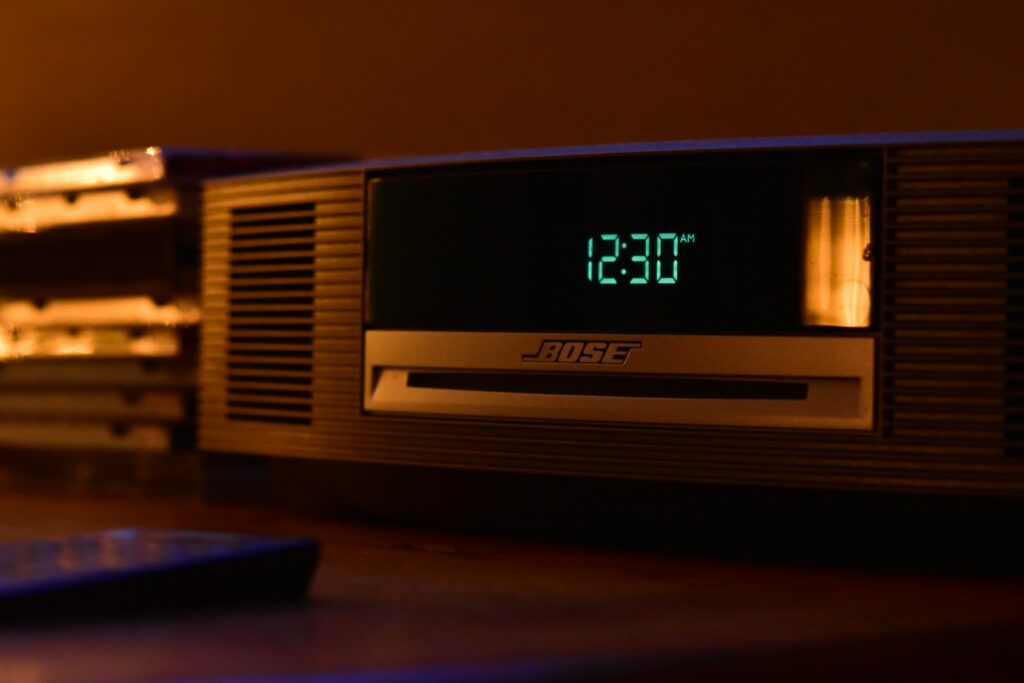When it comes to speaker systems, midbass and midrange speakers are essential in reproducing sound accurately and providing a satisfying listening experience.
Unfortunately, many people may not fully comprehend the distinctions between these two types of speakers and their roles within an audio setup.
Generally, midbass speakers produce lower midrange frequencies while midrange speakers focus on upper midrange frequencies.
Distinguishing Midbass from Midrange Speakers
Frequency Range
Midbass speakers typically have a narrow frequency response and cannot reproduce the highest tones in music recordings.
On the other hand, midrange speakers offer a wider response and can accurately reproduce higher-pitched tones present within recordings.
Sound Quality
Midbass speakers may produce unsatisfactory audio quality at higher volumes due to their incapability to handle the highest music frequencies.
Conversely, midrange speakers are designed for such tasks and can maintain audio clarity even at higher volumes without distortion.
Cost
Cost efficiency should also be considered when selecting your model; midbass models are more budget-friendly than their larger counterparts.
Midrange speakers are typically considered higher-end due to their precision and clarity in reproducing sound in the midrange frequency range.
Size
For optimal sound quality at higher volumes, opt for speakers of the right size to handle your content without distortion.
For optimal clarity at higher volumes, select a size that comfortably accommodates all sound sources.
Determining the Appropriate Speaker for Your Needs
Midrange speakers tend to be pricier than their smaller counterparts, making them costlier to those on tighter budgets.
Furthermore, some midrange models may lack features that appeal to other buyers, creating a challenge when searching for the ideal speaker.
Several factors should be considered when looking for the ideal speaker, such as its intended use, room or space size and desired sound quality.
Though more expensive speakers often provide superior sound quality, but you don’t have to spend a fortune for an enjoyable audio experience.
When selecting speakers, consider the size of your car; larger models usually need more room, so make sure it fits correctly into yours.
Furthermore, where you place the speakers can significantly affect their sound
What Does “MidRange” Mean in Music?
Audiophiles often refer to the frequency range between 300Hz and 5,000Hz as “midrange.”
This range is particularly important, as it contains the majority of audio content found in various forms of media such as music, movies and TV shows.
Guitarists utilise midrange frequencies to capture overtones and harmonics that give their sound character.
Vocalists rely heavily on this energy range for clarity, presence, and powerful expression.
Frequencies transmit the majority of human speech intelligibility, making them essential for creating a clear and understandable soundtrack.
Do Midrange Frequencies Affect Bass Frequencies?
Midrange frequencies in audio, play a vital role in creating the overall sound of an audio system, lying between bass lows and treble highs.
They refer to the range between those two extremes of frequency response: bass lows and treble highs.
Bass frequencies are essential in audio reproduction, helping to clarify and separate instruments and vocals within a mix.
Adding midrange speakers to your setup can significantly enhance its quality.
Mid-range speakers reproduce sound in the midrange frequency range from 300Hz to 5,000Hz, providing a richer and fuller soundstage for detailed reproduction of sounds.
Their clear midbass response shows they can accurately reproduce these frequencies without distortion.
What Are The Examples Of Midrange Frequency Sound?
The range of mid-frequency sounds is between 300 Hz to 2,000 Hz, constituting the majority of the sounds we encounter daily.
Sounds like human speech, dog barks, or guitar strumming fall under this category.
The middle-frequencies serve as the foundation for the sounds we hear and perceive, and they play a crucial role in shaping our auditory experiences.
Can Midrange Frequencies Increase Music Volume?
Midrange frequencies, particularly the upper mids, are highly sensitive to hearing. Too much energy in this range can create a mix that sounds harsh, boxy, loud or edgy.
This range helps maintain equilibrium among your mix’s midrange energy levels.
Midrange frequencies are often considered the cornerstone of any mix, drawing the listener’s attention and giving the music its character.
But if mids become overly repetitive for listeners, they may quickly tire of hearing them or even switch off altogether.
What Frequency Range Is Considered Bass?
Dividing audio frequencies into bass, mid, and treble ranges is not a precise science but serves as a general guideline.
Bass frequencies fall between 20 Hz and 300 Hz; however, this may differ depending on the audio system and individual preferences.
Frequency response is the ability of an audio component to reproduce specific frequencies or musical tones accurately.
Audio playback is integral to any sound system, whether for music, movies, or other multimedia content.
A wide frequency response refers to their ability to reproduce sounds across a broad spectrum – from low bass notes to the highest treble tones.
This wider spectrum of sounds offers listeners a more immersive and enhanced listening experience, where individual music or audio content elements can be more clearly discerned.
What Defines Midbass Sound?
Midbass is an essential range in audio, typically between 200Hz and 500Hz. This frequency encompasses prominent instruments as well as bass guitar.
Music of any genre relies heavily on midbass for warmth, depth, and richness – making it more organic and immersive for listeners.
Midbass frequencies are essential for creating a balanced and immersive audio experience. They deliver low-end bass notes that give music and audio content depth and impact. Midbass frequencies can create an expansive audioscape with high-quality sound that enhances the listening experience when utilised correctly.
This range encompasses essential elements in music like drum punch and impact, guitar warmth, and vocal body.
A crystal-clear midbass response allows these elements to be reproduced with clarity, so listeners can distinguish each component while appreciating subtle nuances within the mix.
Is It Possible For A Subwoofer To Produce Midbass Frequencies?
No, subwoofers are designed for low bass frequencies and cannot accurately reproduce midbass frequencies.
Midbass drivers, on the other hand, specialize in this range and cannot effectively reproduce midbass sounds
Even an 8-inch subwoofer won’t produce good sound in 200+ Hz range.
Therefore, you must use the correct speaker type for each frequency range to get accurate and clear reproduction.
Subwoofers are best for deep bass while midbass drivers are best for midbass range.





